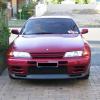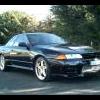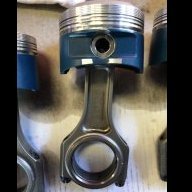Time To Rebuild The Rb26
Announcements
-
Similar Content
-
Latest Posts
-
Did a conversion on my rb20 with rb25 cam and pulley, controlled it with a solenoid (forgot the port diameter of the solenoid) and made an oil port on the cam cap to lower pressure in the journal. Difference is day and night, the rb20 isn't dogshit down low anymore, not a powerhouse but this had add much welcomed torque down low. Boost build a bit sooner and torque rise way more when it start building boost. Only need to deactivate the VTC past 6500/7000rpm. Knowing how it help with only 2L, having it on 2.6L it should be a mod to think about early on as it gives a lot of performance on most on the rev range.
-
https://www.nengun.com/hks/valcon-rb26-v-cam-system no controller but most will use ECU to control anyhow
-
Not too sure, the throttle body has 4separate plugs going to it. Im not sure if the throttle is driven by cable and the motor is for traction, cruise and something there light blue one is TPS. i don't understand why the throttle won't open with the cable until about 3/4 on them only moves the valves very slightly






Recommended Posts
Create an account or sign in to comment
You need to be a member in order to leave a comment
Create an account
Sign up for a new account in our community. It's easy!
Register a new accountSign in
Already have an account? Sign in here.
Sign In Now